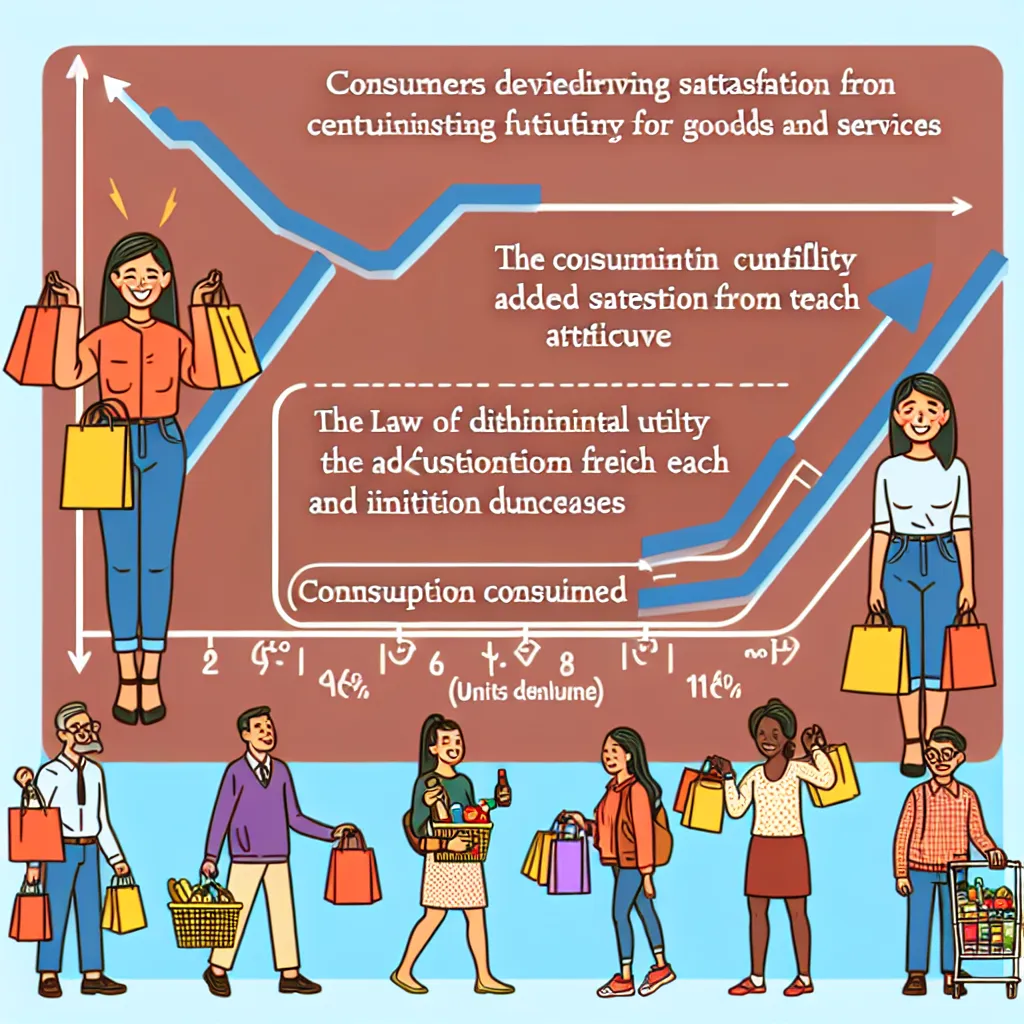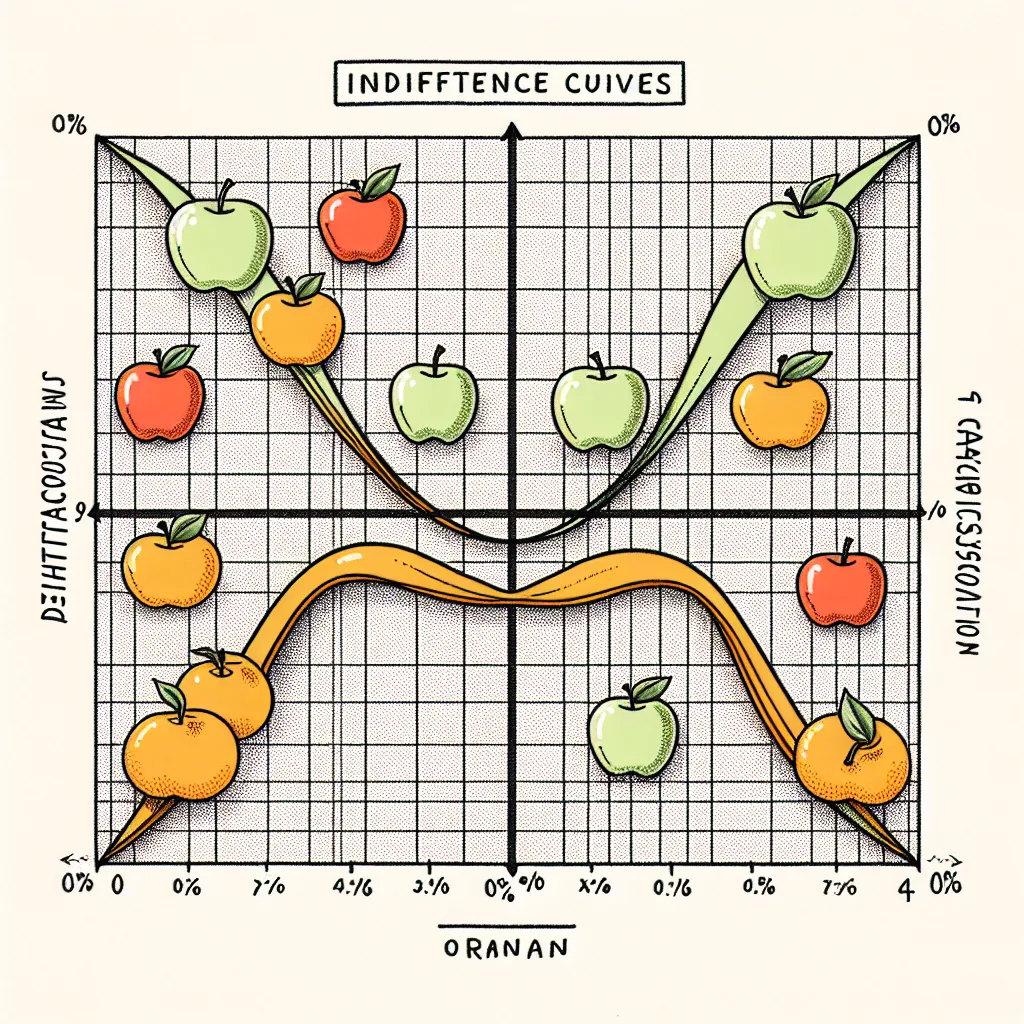Ask AI on The Internet
Question: 2.1) Economists use utility and the law of diminishing marginal utility to understand more about consumer behaviour. They have come up with three concluding ideas on consumer behaviour. Discuss these three concluding ideas. (6 Marks
Economists have developed several insights into consumer behavior through the concepts of utility and the law of diminishing marginal utility. Here are three concluding ideas: ### 1. Law of Diminishing Marginal Utility **Concept**: This principle states that as consumers consume more units of a good or service, the additional satisfaction (marginal utility) gained from consuming each additional unit tends to decrease. **Implication**: - **Consumer Decision-Making**: Consumers will only purchase additional units of a good if the price is low enough to justify the lower additional satisfaction they receive. - **Optimal Consumption**: Consumers allocate their resources so that the marginal utility per unit of currency spent on each good is equal across all goods, optimizing their overall utility. ### 2. Equi-Marginal Principle (Consumer Equilibrium) **Concept**: Consumers maximize their total utility when they allocate their income in such a way that the last unit of currency spent on each good or service provides the same level of marginal utility. **Implication**: - **Utility Maximization**: Consumers reach the highest possible satisfaction by ensuring that \( MU_X / P_X = MU_Y / P_Y \), where \( MU_X \) and \( MU_Y \) are the marginal utilities of goods X and Y, and \( P_X \) and \( P_Y \) are their respective prices. - **Rational Behavior**: This principle explains how rational consumers distribute their income across various goods to achieve maximum satisfaction, given their budget constraints. ### 3. Substitution Effect and Income Effect **Concept**: Changes in the price of a good lead to changes in the quantity demanded due to two main effects: the substitution effect and the income effect. - **Substitution Effect**: When the price of a good falls, it becomes relatively cheaper compared to other goods, leading consumers to substitute this cheaper good for more expensive alternatives. - **Income Effect**: A decrease in the price of a good effectively increases the consumer’s real income, allowing them to buy more of that good (and potentially other goods). **Implication**: - **Market Demand**: These effects help explain the downward-sloping demand curve. As price decreases, the increase in quantity demanded can be attributed to consumers substituting cheaper goods for more expensive ones, as well as their increased purchasing power. - **Policy Insights**: Understanding these effects can assist policymakers in predicting consumer responses to price changes, such as tax adjustments or subsidies. These concluding ideas help economists understand and predict how consumers will respond to changes in prices, income, and other economic variables, providing a comprehensive framework for analyzing consumer behavior.
Think your answer is better than the AI's? Post it below.
Other Most Relevant Posts:
Question Tags
If you want your question answered by an AI, click here.







Post your own comment: